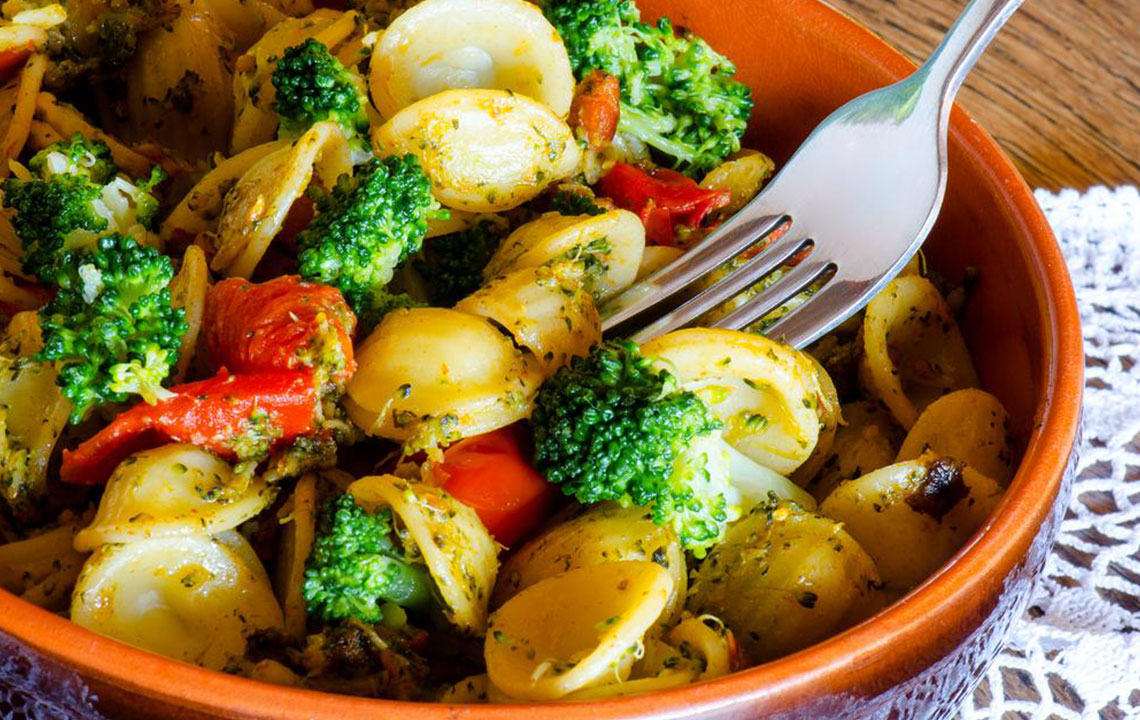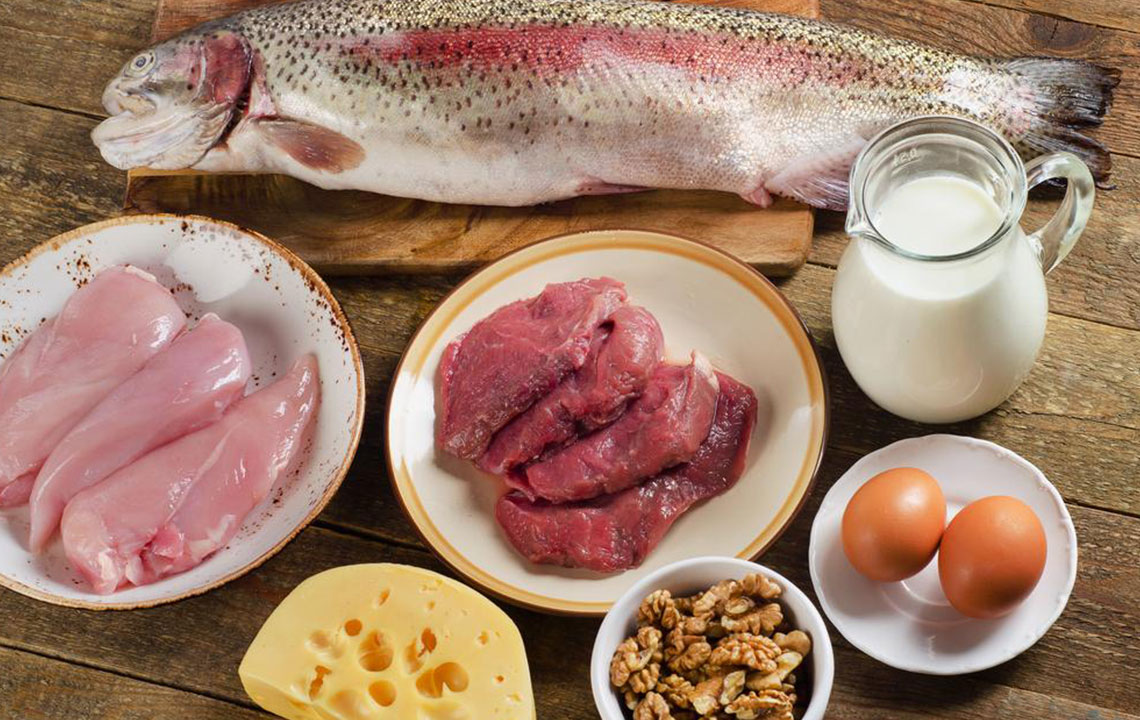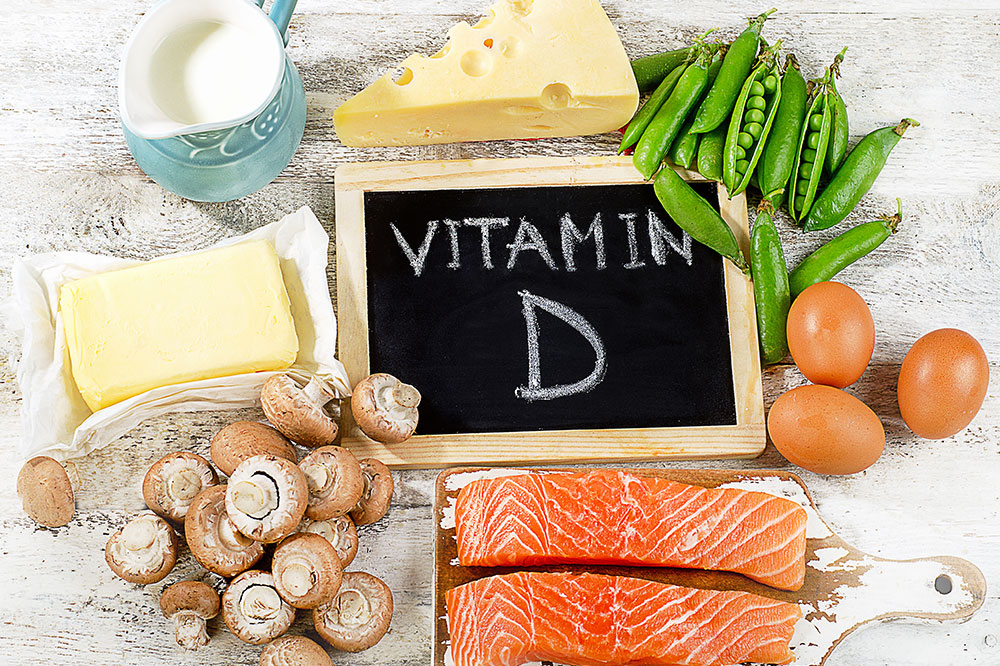Embracing a Plant-Powered Diet: Essential Insights for Beginners
This article offers a practical guide to adopting a plant-based diet, highlighting its health benefits, essential food groups, and meal ideas for breakfast, lunch, and dinner. It also suggests meal delivery services for easier transition, emphasizing environmental advantages and nutritional value. Perfect for beginners looking to improve overall wellness through diet changes.
Embracing a Plant-Powered Diet: Essential Insights for Beginners
A comprehensive overview of health benefits and nutrition tips on a plant-based lifestyle
Choosing to improve your health can involve multiple approaches, such as exercising, quitting smoking, reducing alcohol intake, or changing your diet. Among these, dietary transformation stands out as a highly effective strategy to enhance immunity and overall wellness.
If you're considering a dietary switch, the question is where to start and which diet suits you best. The clear answer is adopting a plant-centered diet.

If you're unsure about how to begin, don't worry—we're here to guide you!
What defines a plant-based diet?
A plant-based diet primarily involves consuming foods sourced from plants, including fruits, nuts, vegetables, grains, beans, and legumes. It excludes animal-derived products like meat and dairy, focusing instead on minimally processed foods.
Key components of a plant-based diet include:
Whole grains: Options like oats, quinoa, barley, and wheat. Other starches such as cereals are also included.
Legumes: Beans, lentils, chickpeas, and pulses.
Fruits: A wide range, from apples and bananas to berries and citrus fruits.
Vegetables: Leafy greens, peppers, corn, and peas are staples.
Tubers: Root vegetables such as potatoes, sweet potatoes, and carrots.
In addition, nuts, seeds, and healthy oils can enrich your diet. Transitioning can be challenging, so here are some plant-based meal ideas for convenience. Consider meal delivery services that specialize in plant-based options for easier adoption.
Plant-based breakfast ideas
Breakfast should energize you for the day ahead. Nutrient-rich options include:
Oatmeal: Rolled oats prepared with almond or soy milk, topped with nuts, seeds, fresh fruits, and dates provide essential vitamins, minerals, and fiber. Gluten-free options are available.
Others enjoy plant-based tacos or smoothies for a quick, nutritious start.
Healthy lunch options
Midday meals should replenish your energy. Consider the following:
Salads: Mix vegetables like tomatoes, olives, herbs, with olive oil and vinegar. Pair with whole grain bread or mashed tubers for added sustenance.
Soups: Vegetable broths with seasonal produce, garnished and served with whole-grain crackers, make a satisfying lunch. Finish with a fiber-rich fruit.
Other options include veggie pizzas or tofu wraps for variety and taste.
Light dinner ideas
The evening meal should be easy on digestion yet nutritious. Some options are:
Pasta: Whole grain pasta served with legumes and a fresh salad makes a hearty and wholesome dinner.
Beans: High-protein beans prepared with vegetables and plant-based dressings are simple and filling.
Pizza: DIY vegan pizza using nut cheese, vegetables, and plant-based toppings is both fun and healthy.
Tubers: Roasted or noodles made from sweet potatoes with herbs create a delightful meal.
Plant-based meals are straightforward to prepare, promote good health, and support weight management. They are eco-friendly, reducing carbon footprint compared to meat-based diets.
Transitioning abruptly can be tough. Opting for plant-based meal delivery services can simplify the process, ensuring you stay healthy without stress.










